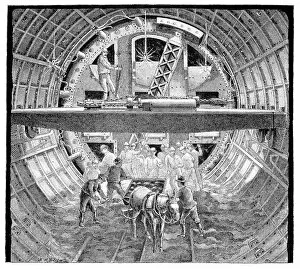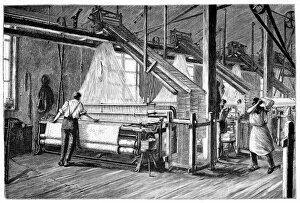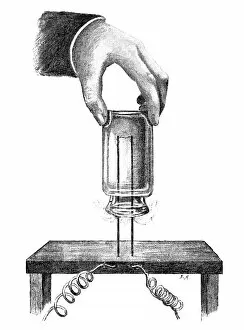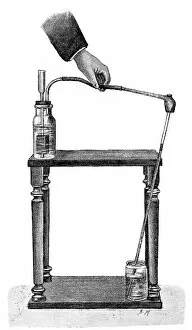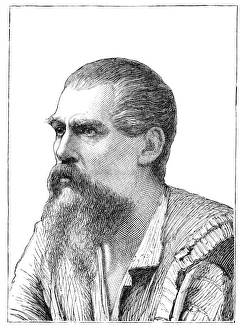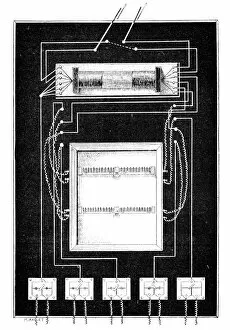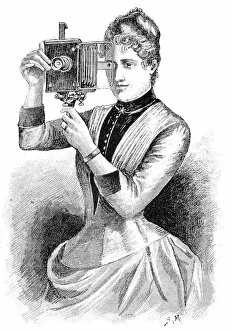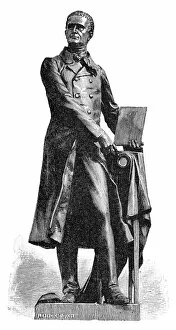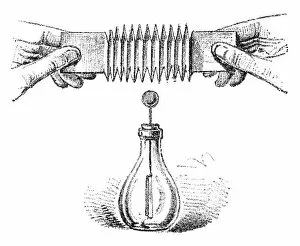Volume 7 Collection
"Unveiling the Wonders of Volume 7: A Journey through Centuries" Step into the captivating world of Volume 7, where history intertwines with innovation
All Professionally Made to Order for Quick Shipping
"Unveiling the Wonders of Volume 7: A Journey through Centuries" Step into the captivating world of Volume 7, where history intertwines with innovation. From Newton's catadioptric telescope in 1672 to Louis Daguerre's groundbreaking discoveries as a French chemist, this volume is a treasure trove of knowledge. Transport yourself back to the Russian imperial hunting party of 1890, where aristocrats indulged in their passion for adventure and nature. Witness the evolution of head shape variation in the 19th century, an intriguing study that sheds light on our diverse human anatomy. Marvel at the engineering marvels showcased within these pages - tunnel construction and electrical certification from the same era. Discover how electric carillons filled cities with melodious tunes while magnetic ore separators revolutionized mining operations. Delve into scientific breakthroughs like hydrogen conductivity research and anode patterns that paved the way for modern advancements. Learn about Jacquard looms' intricate weaving techniques and witness water filters' transformative impact on public health. Volume 7 invites you to explore these remarkable stories that have shaped our world. Immerse yourself in its pages as it unravels mysteries, celebrates triumphs, and showcases humanity's insatiable thirst for progress. Join us on this journey through centuries as we uncover hidden gems from history's vaults. Let Volume 7 be your guide to understanding how past innovations continue to influence our present and inspire future generations.




